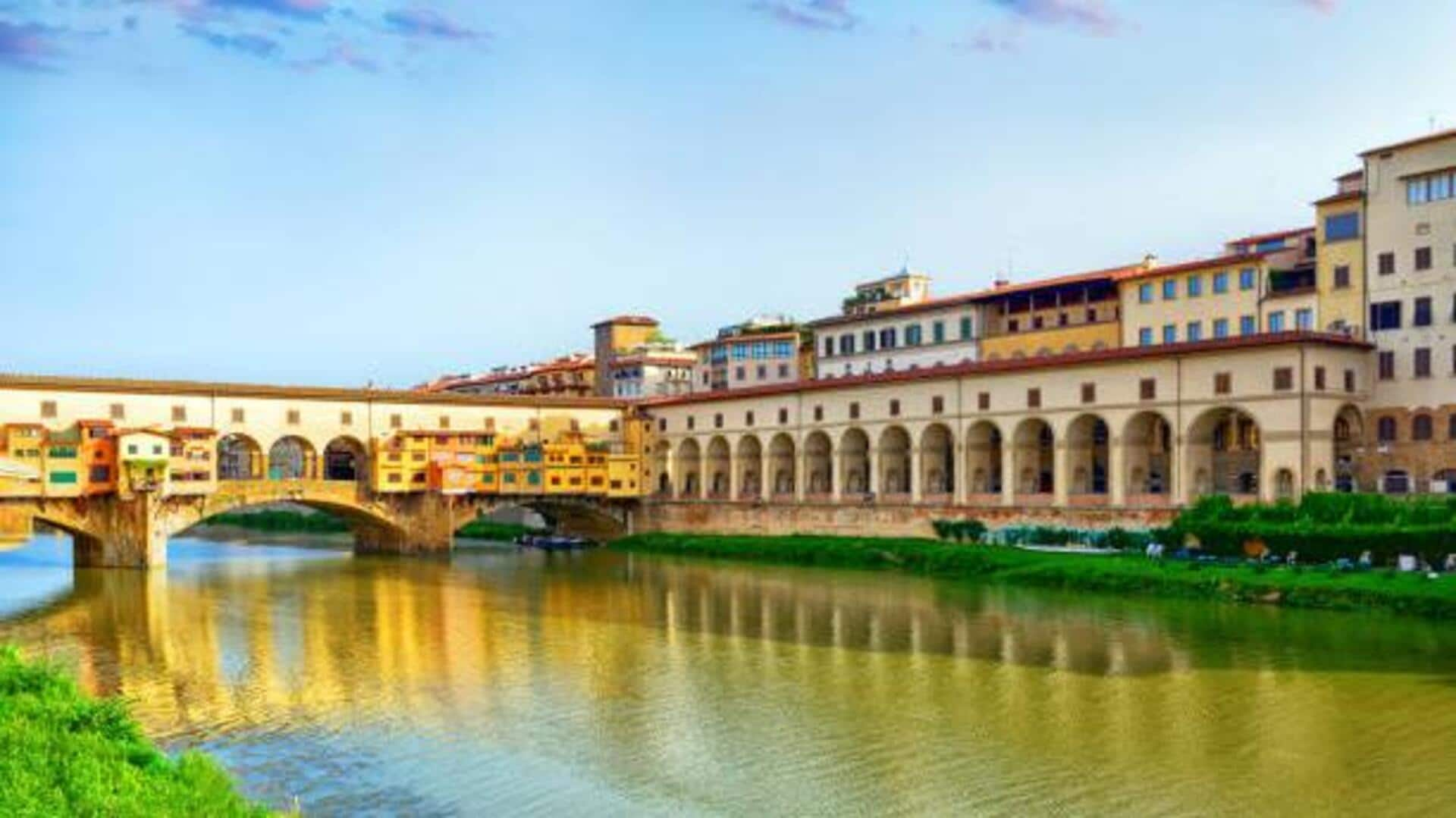
When in Florence, visit these historic passageways
What's the story
Florence is more than just a city known for its history and art. Beneath its surface, is a network of hidden passageways that tell stories of the past. From secret routes to a unique glimpse of history, these passageways have it all, away from the bustling tourist spots. Exploring them will let you experience Florence from a different perspective, revealing layers of history often overlooked by visitors.
Vasari Corridor
Vasari Corridor: A royal pathway
The Vasari Corridor, perhaps, is Florence's most intriguing hidden route. Built in 1565 by Giorgio Vasari for Duke Cosimo I de' Medici, this elevated walkway connects the Palazzo Vecchio with the Pitti Palace. Designed for safe passage between residences, it offers stunning views over the Arno River and an amazing collection of self-portraits. With limited access, this corridor is a rare treat for explorers.
Palazzo Vecchio
The secret passages of Palazzo Vecchio
Not just being Florence's town hall, Palazzo Vecchio is also home to a number of secret passages used by famous personalities to move around the building discreetly. The passages include hidden staircases and concealed doors that lead to private chambers and observation points. Visitors can join guided tours that reveal these fascinating routes while learning about their historical significance.
Boboli Gardens
Boboli Gardens' hidden grottos
Apart from the stunning beauty and design of the Boboli Gardens, they also conceal several grottos that lend an element of mystery to their charm. These artificial caves were designed during the Renaissance period and are adorned with intricate sculptures and water features. The Grotta del Buontalenti stands out in particular with its elaborate decorations of mythological scenes.
Santa Maria Novella
Santa Maria Novella's cloister secrets
While Santa Maria Novella Church is famous for its stunning facade, the secrets hidden within its cloisters are equally fascinating. The Green Cloister is especially famous, containing frescoes from centuries ago. It gives way to hidden chapels, each embellished with beautiful artwork from different eras of history, and an exceptional insight into the artistic legacy kept alive within these hallowed walls.